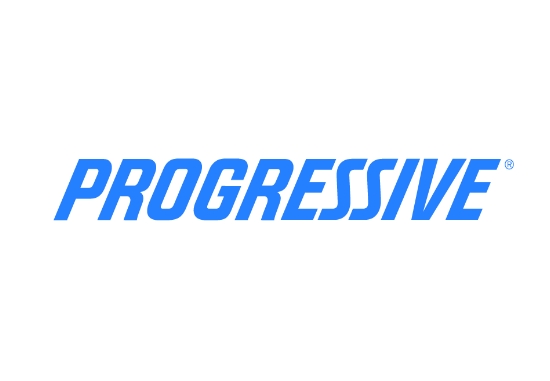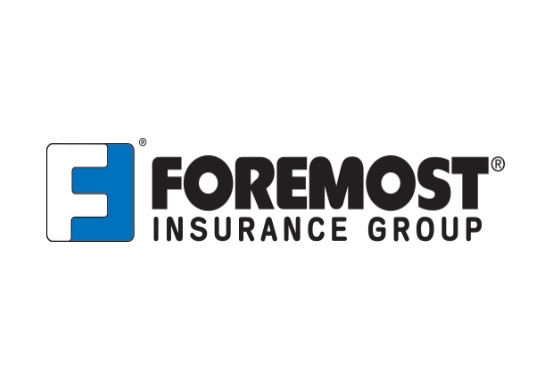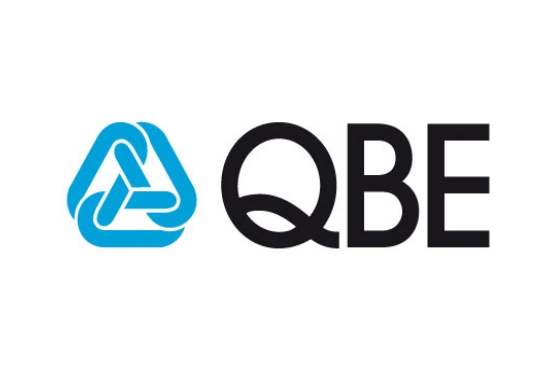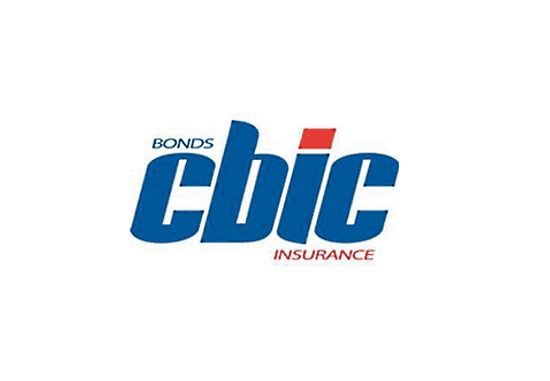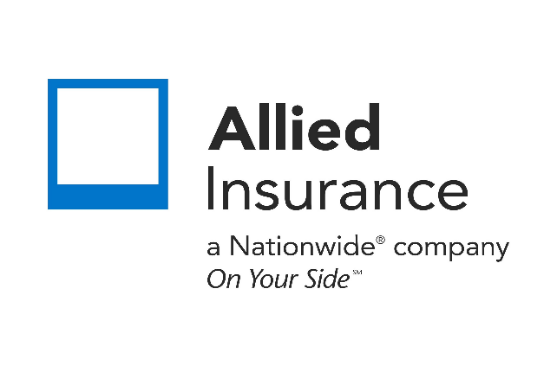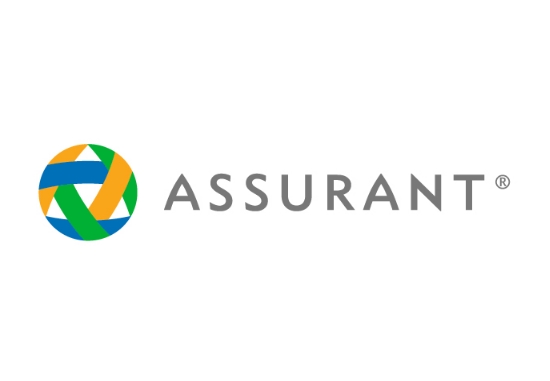What are the three major types of product liability?
Exploring the Three Major Types of Product Liability: Understanding Legal Responsibilities and Consumer Protections
Product liability is a critical area of law that holds manufacturers, distributors, and sellers accountable for the safety and quality of the products they bring to market. Understanding the different types of product liability is essential for both businesses and consumers to ensure fair and just outcomes in cases of product-related injuries or damages. In this comprehensive guide, we’ll explore the three major types of product liability, examining their legal implications, common examples, and consumer protections.
- Manufacturing Defects: Manufacturing defects occur when a product deviates from its intended design due to errors or flaws in the manufacturing process. These defects typically affect only a small number of products within a larger batch or production run, making them different from design defects, which affect all products of a particular design. Manufacturing defects can result from substandard materials, equipment malfunctions, human error, or inadequate quality control measures. Examples of manufacturing defects include:
- Contaminated food or beverages
- Faulty automotive parts (e.g., defective airbags, brakes)
- Defective medical devices (e.g., pacemakers, implants)
- Malfunctioning electronic devices (e.g., smartphones, laptops)
- Damaged or mislabeled pharmaceutical products
In cases of manufacturing defects, the injured party must demonstrate that the defect directly caused their injury or damages. Manufacturers may be held strictly liable for injuries caused by manufacturing defects, regardless of whether they were negligent.
- Design Defects: Design defects occur when a product’s design is inherently unsafe or unreasonably dangerous, even if manufactured as intended. Unlike manufacturing defects, which result from errors in the production process, design defects affect all products of a particular design, making them more widespread and potentially dangerous. Design defects often stem from inadequate research, testing, or consideration of consumer safety during the product design phase. Examples of design defects include:
- Vehicles prone to rollovers or fuel tank explosions
- Children’s toys with choking hazards or sharp edges
- Household appliances with electrical or fire hazards
- Pharmaceuticals with dangerous side effects or inadequate warnings
- Medical devices with structural weaknesses or failure risks
In cases of design defects, the injured party must demonstrate that the product’s design was unreasonably dangerous and that a safer alternative design was feasible. Manufacturers may be held strictly liable for injuries caused by design defects, regardless of their level of care or caution.
- Failure to Warn (Marketing Defects): Failure to warn, also known as marketing defects or inadequate warnings, occurs when a product lacks sufficient warnings or instructions about foreseeable risks or dangers associated with its use. Even if a product is properly designed and manufactured, manufacturers, distributors, and sellers have a legal duty to provide adequate warnings and instructions to consumers to prevent injury or harm. Failure to warn claims often arise in cases involving pharmaceuticals, chemicals, machinery, and other products with inherent risks. Examples of failure to warn include:
- Prescription medications without adequate warnings about potential side effects or interactions
- Chemical products without proper instructions for safe handling or disposal
- Machinery or equipment without warnings about operational hazards or safety precautions
- Consumer products without age-appropriate warnings or usage instructions
- Food products without allergen information or expiration dates
In cases of failure to warn, the injured party must demonstrate that the lack of adequate warnings or instructions directly contributed to their injury or damages. Manufacturers, distributors, and sellers may be held liable for injuries caused by failure to warn if they knew or should have known about the product’s risks and failed to provide appropriate warnings.
Understanding the three major types of product liability—manufacturing defects, design defects, and failure to warn—is essential for protecting consumer safety and ensuring legal accountability in cases of product-related injuries or damages. By identifying and addressing potential risks and hazards during the design, manufacturing, and marketing processes, businesses can minimize the likelihood of product liability claims and promote consumer confidence in the marketplace.
We will find the best business insurance tailored to your needs. Read more…
Related Posts
Get a Right Insurance For You
SHARE THIS ARTICLE
We will compare quotes from trusted carriers for you and provide you with the best offer.
Protecting your future with us
Whatever your needs, give us a call, have you been told you can’t insure your risk, been turned down, or simply unhappy with your current insurance? Since 1995 we’ve been providing coverage to our customers, and helping people across United States.

